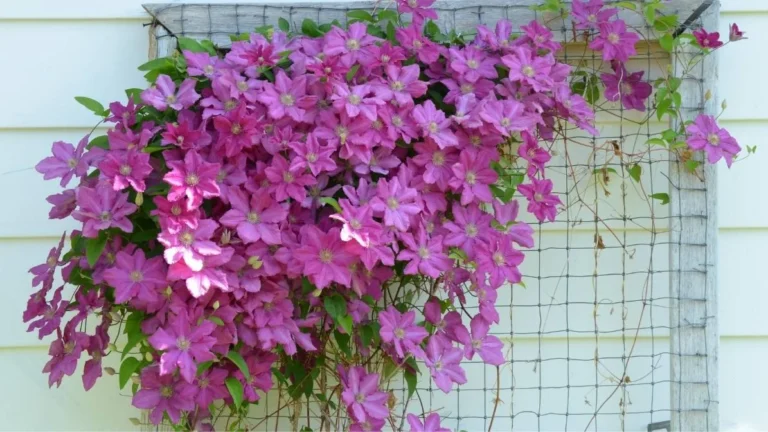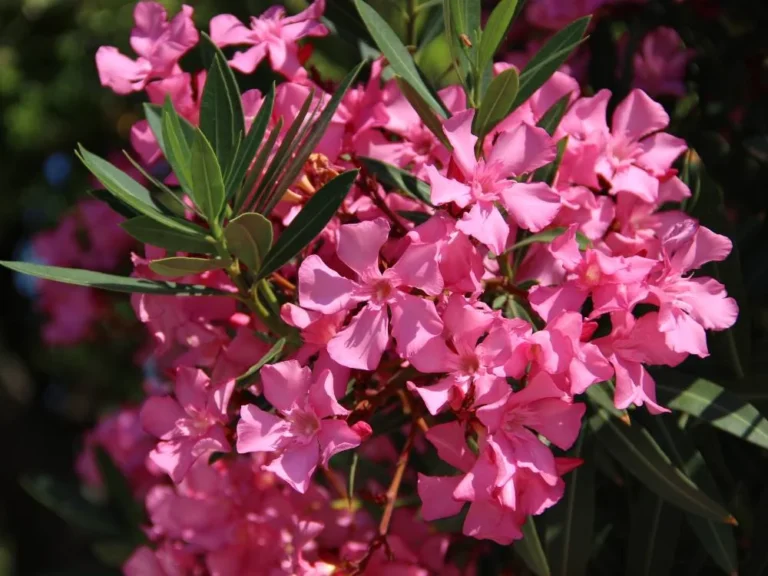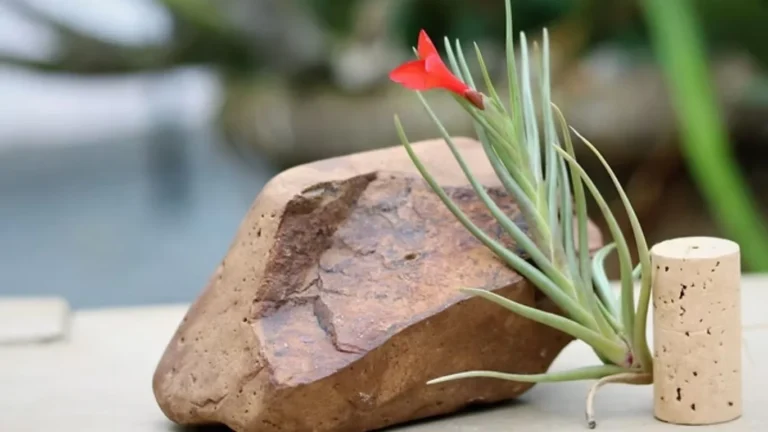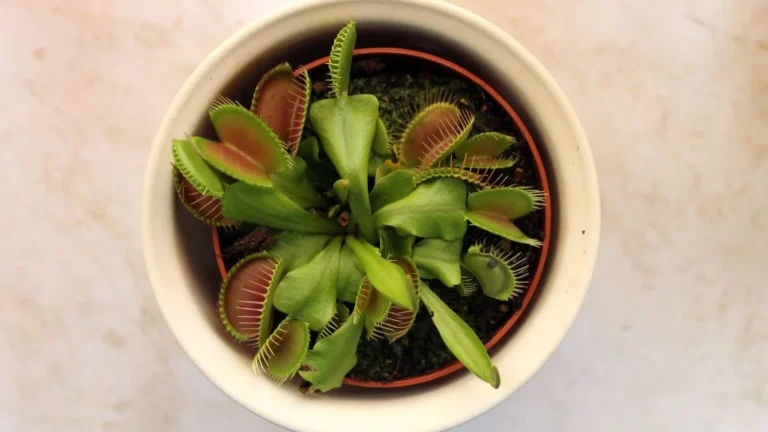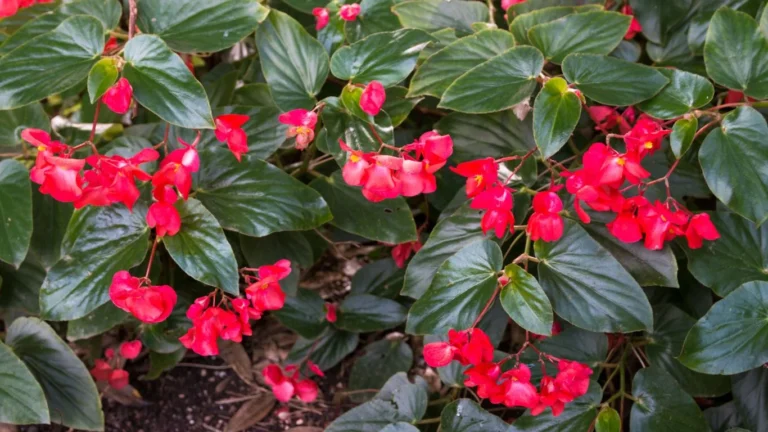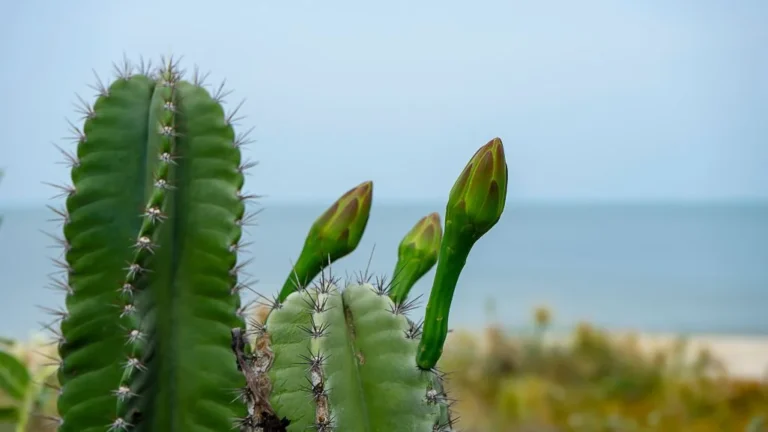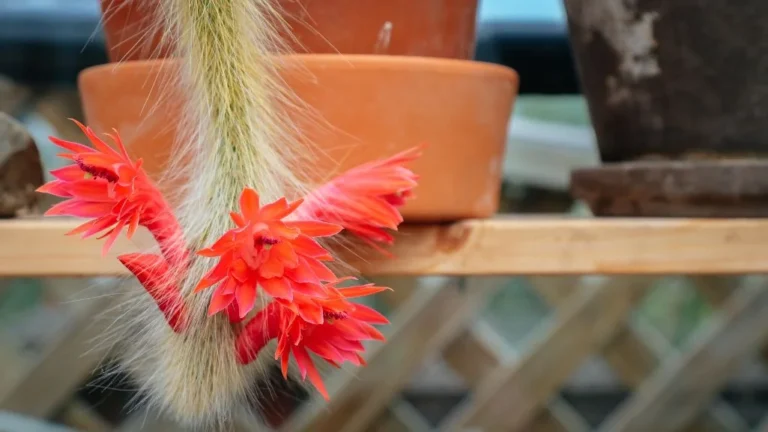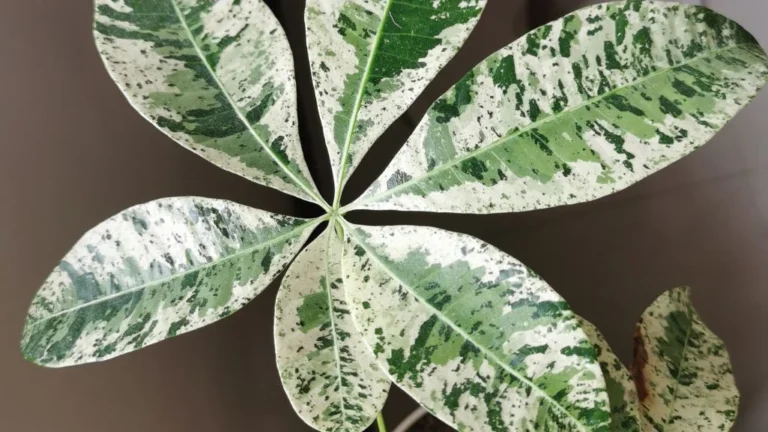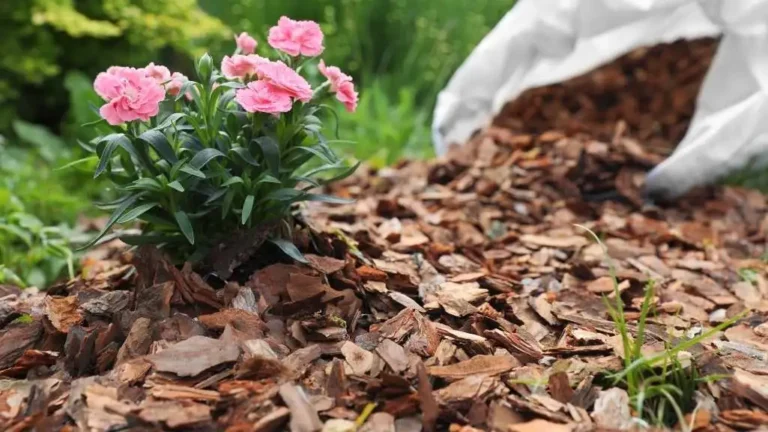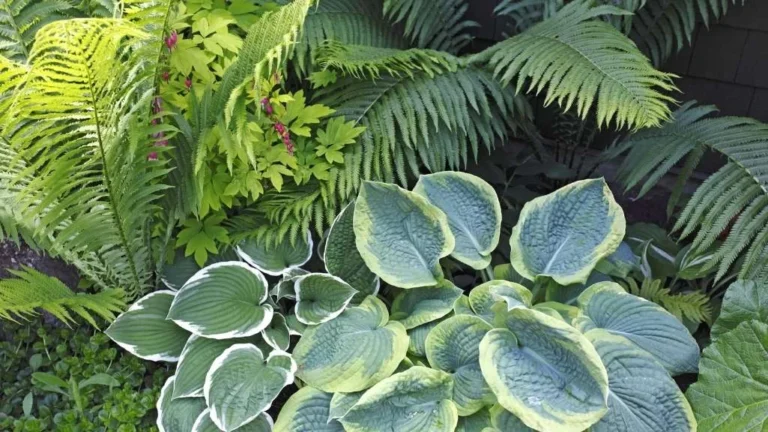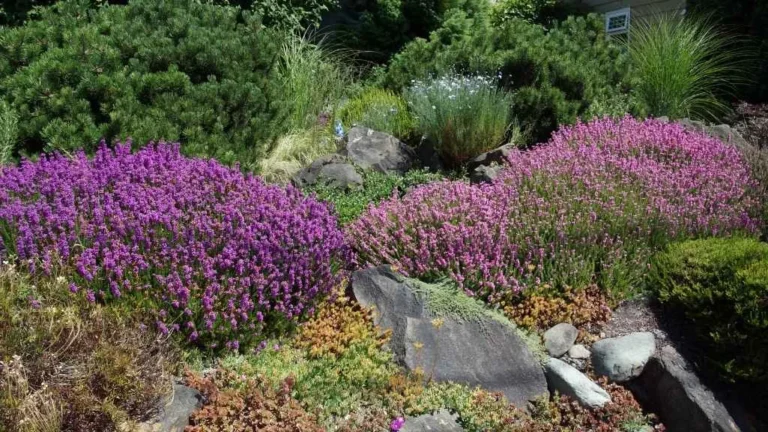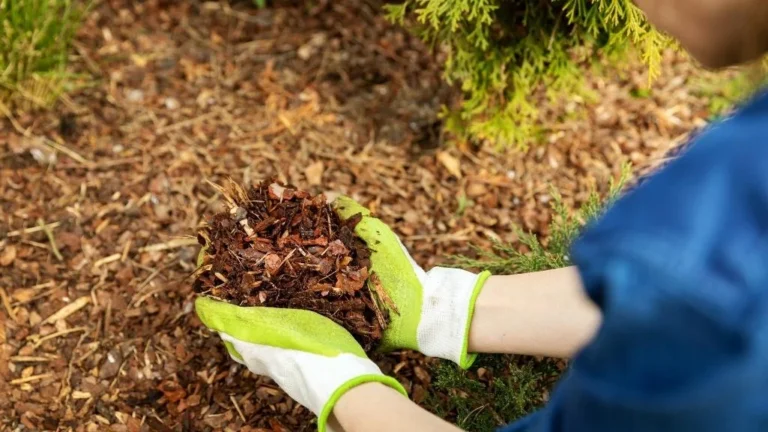Are you captivated by the idea of owning a Venus flytrap but unsure how to create the perfect setup? Trust me, I’ve been there! The Venus flytrap isn’t just any plant; it’s a fascinating, bug-catching wonder that feels more like a tiny green pet than a houseplant. If you’re like me and want to see this carnivorous beauty thrive, the key lies in replicating its natural habitat. And that’s where sphagnum moss comes in!
I remember the day I brought my first Venus flytrap home. I was so excited, but that excitement quickly turned into panic when I realized that regular potting soil could harm the plant. A little research introduced me to sphagnum moss, which seemed like the ideal growing medium. As I delved deeper, I discovered how its unique properties align perfectly with the Venus flytrap’s needs. Fast forward to today, and my plant is thriving, happily snapping up bugs in its mossy home.
In this guide, I’ll share everything I’ve learned about growing Venus flytraps in sphagnum moss. From preparing the moss to watering and lighting tips, I’ll walk you through the process step by step. Whether you’re a beginner or looking to improve your plant’s setup, this article is packed with practical advice and personal insights to help your Venus flytrap flourish.
Why Sphagnum Moss for Venus Flytraps?
Venus flytraps are native to nutrient-poor, acidic bogs, so regular soil won’t work for these unique plants. I opted for sphagnum moss because it mimics their natural habitat perfectly. It’s lightweight, retains moisture well, and helps maintain the right acidic pH level for these picky eaters. Plus, it’s free of nutrients that could harm the plant.
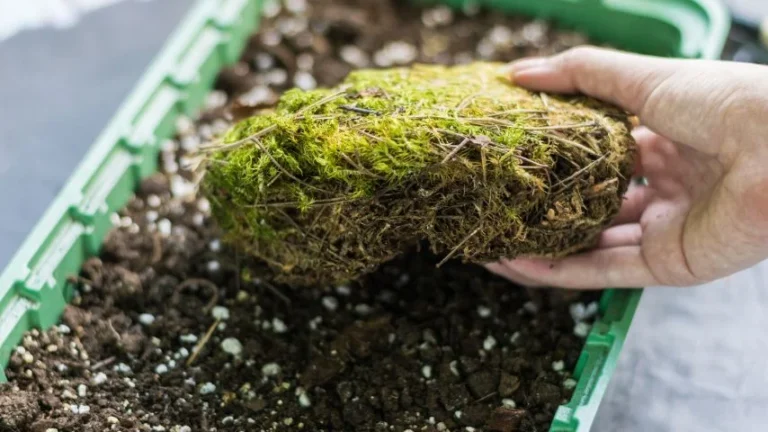
My First Encounter with Sphagnum Moss
When I first got my Venus flytrap, I needed to learn about its soil requirements. A quick online search led me to sphagnum moss, and I was amazed by its simplicity. Buying a bag of long-fibered sphagnum moss felt like stepping into the plant’s natural world. It’s soft, spongy, and even smells earthy, which is perfect for setting up Venus Flytraps.
Preparing Sphagnum Moss for Planting
Here’s how I set up the moss:
Hydrate the Moss
Sphagnum moss comes dry and compact, so I soaked it in distilled water until it was fully hydrated. (Avoid tap water; it’s a big no-no for Venus flytraps due to minerals that can harm them)
Squeeze Out Excess Water
The moss should be damp, not soggy. Gently squeeze it until it feels moist but not dripping.
Fill the Pot with Moss
I filled a small plastic pot with the damp moss, leaving enough room to accommodate the flytrap’s roots.
Planting the Venus Flytrap
Transferring my Venus flytrap to its new mossy home was surprisingly easy. I gently removed the plant from its old container, being careful not to damage the delicate roots. I created a small hole in the moss and nestled the roots into it. Finally, I lightly pressed the moss around the base of the plant to hold it steady.
Watering and Light Tips
Watering
Venus flytraps love consistent moisture, but overwatering can lead to root rot. I place my pot in a shallow tray of distilled water, allowing the moss to absorb water from the bottom. This keeps the plant hydrated without drowning it.
Light
My flytrap thrives on bright, indirect sunlight. I keep it on a sunny windowsill, where it gets about 12 hours of light daily. You can also use a grow light if natural light is limited.
Challenges I Faced While Growing Venus Flytraps in Sphagnum Moss
Challenge 1: Moss Drying Out Too Quickly
Living in a warm climate, I noticed the moss drying out faster than expected. To combat this, I mist the moss lightly on especially hot days.
Challenge 2: Mold Growth
Occasionally, I spotted mold on the moss. Removing the affected areas and increasing air circulation around the plant solved the problem.
Benefits of Using Sphagnum Moss for Venus Flytrap
- After a few months of using sphagnum moss, I noticed my Venus flytrap was thriving.
- The moss keeps the roots aerated and moist.
Growing a Venus flytrap in sphagnum moss has been an incredibly rewarding experience for me. It’s a simple, affordable, and effective way to replicate the plant’s natural environment. If you’re planning to bring a Venus flytrap into your home, I highly recommend giving sphagnum moss a try.
Have you grown a Venus flytrap before? Let me know your tips and tricks in the comments below!


